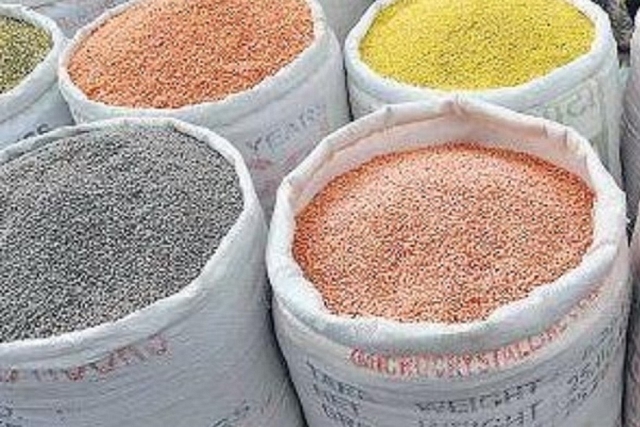
With Farmers Appeased, A Tax Cut For Middle Class And India Inc Will Revive Animal Spirits
The farm lobby has been appeased with loan waivers and higher MSPs; the middle class is waiting for its payoff.
No better time than the next few months to offer this bounty.
The 5 per cent print in retail inflation in June signals a warning note for the Indian economy, forcing the Reserve Bank of India and the Monetary Policy Committee (MPC) to start raising interest rates once again. With the government raising minimum support prices (MSPs) significantly for this kharif, the momentum in retail inflation may well be upwards.
Politically, rising inflation is always seen as a negative for the party in power, but this is probably a partial misreading. As long as the prices of specific commodities – everyday items like veggies and pulses – remain within bounds, farmers get higher prices, and growth starts creating jobs, the actual level of inflation is less important for the voter in the short run.
Consider the United Progressive Alliance (UPA) experience. All its policies were inflationary, from MSPs to oil subsidies to high fiscal deficits to rising rural wages stoked by MGNREGA, but it won 2009 comfortably. It lost 2014 only because it allowed inflation to run riot for long, tolerated mind-boggling corruption, and brought growth to a halt by letting fiscal deficits careen out of control after 2011-12. UPA started with 3.8 per cent average retail inflation in 2004-05 (its inheritance from Vajpayee), and left office in 2014 with inflation raging in double-digits. It inherited a falling fiscal deficit in 2004 and left behind high fiscal deficits (of over 4.1 per cent) in 2014, even ignoring the cooking of the fiscal books by P Chidambaram.
The political lesson is simple: a short-term spike in inflation and a loosening of the fiscal straitjacket will not cost a political party much as long as these slippages do not become structural, as they became under UPA-2.
Translated, the message for the NDA under Narendra Modi is clear: raising MSPs in an election year, and allowing the fisc to slide a bit this year is not going to prove politically costly over the next 12 months as long as it keeps the prices of sensitive commodities under check.
As for the middle class, while it may be miffed with high petroleum taxes and resultant fuel costs, the reality is that there is some headroom for a cut in personal taxes before the next round of elections gets underway later this year.
As noted in an earlier Swarajya article, instead of offering to cut petro-taxes in an election year, a cut which will anyway be negated every time Opec cuts output or global prices rise, it is far better to offer the same level of cuts as income tax relief.
While a fuel tax cut encourages further consumption of fossil fuels, an income tax cut is far better for optics and for improving the general mood of well-being in the middle classes. And given the normal spike in public and general spending by political parties, 2018-19 is likely to see the rise of another domestic consumption-led economic boost. A tax cut is like a mild fiscal stimulus without too many attendant economic and political costs, especially when demand revival is not widespread.
Let the MPC worry about the short-term spike in retail inflation; what matters in politics is the general sense of well-being among people. The farm lobby has been appeased with loan waivers and higher MSPs; the middle class is waiting for its payoff. No better time than the next few months to offer this bounty. And, yes, a corporate tax cut to 25 per cent for all companies – as promised in the 2015 budget – will set Dalal Street on fire.
The way to rouse animal spirits is obvious.